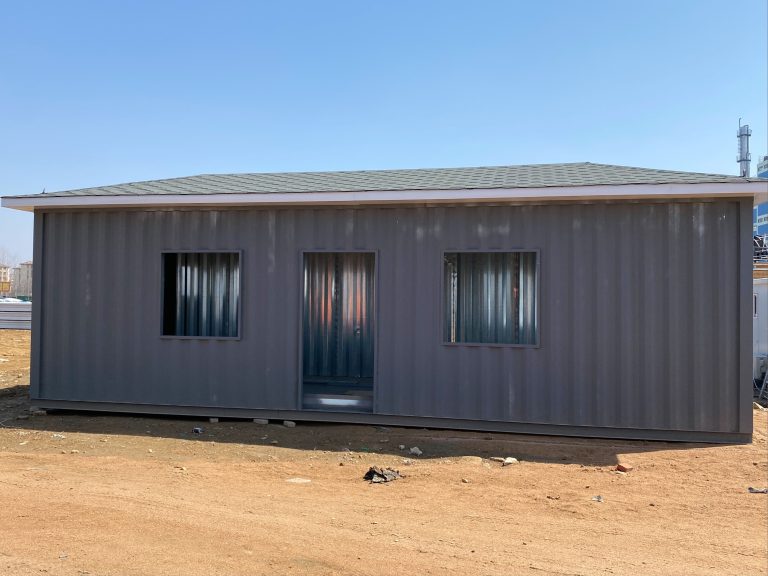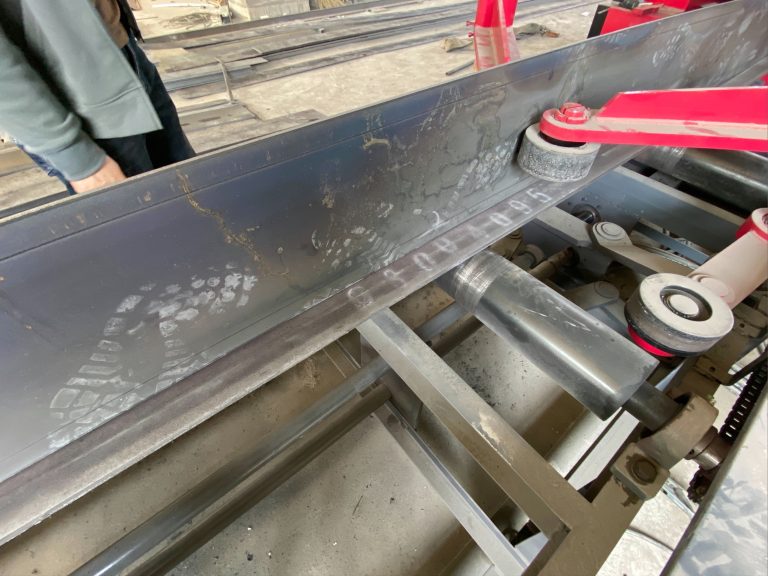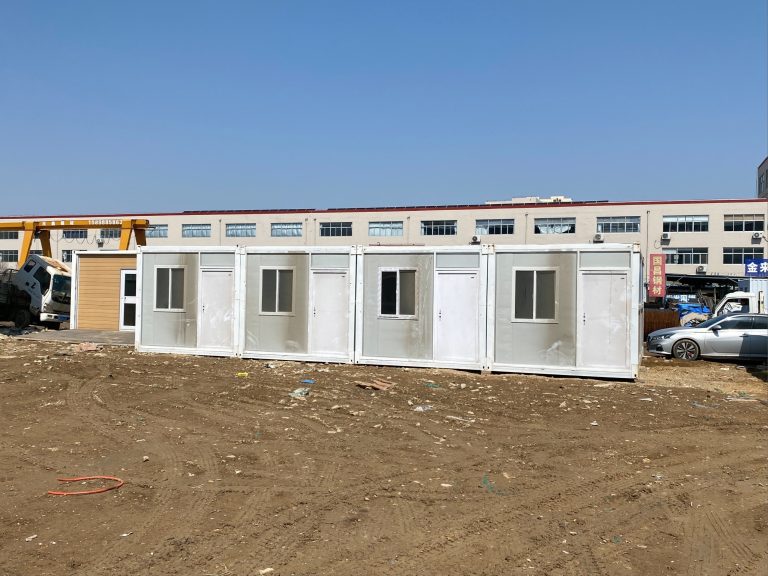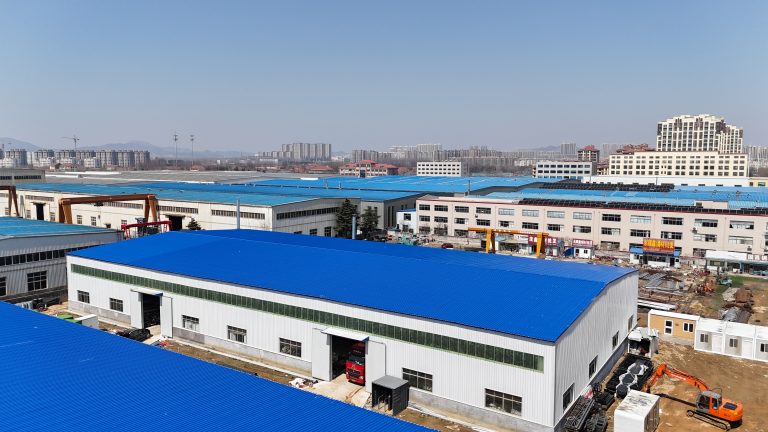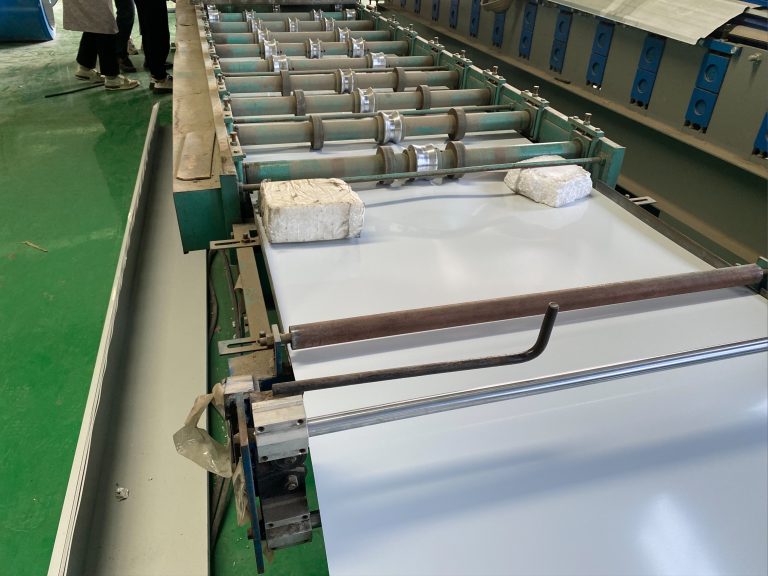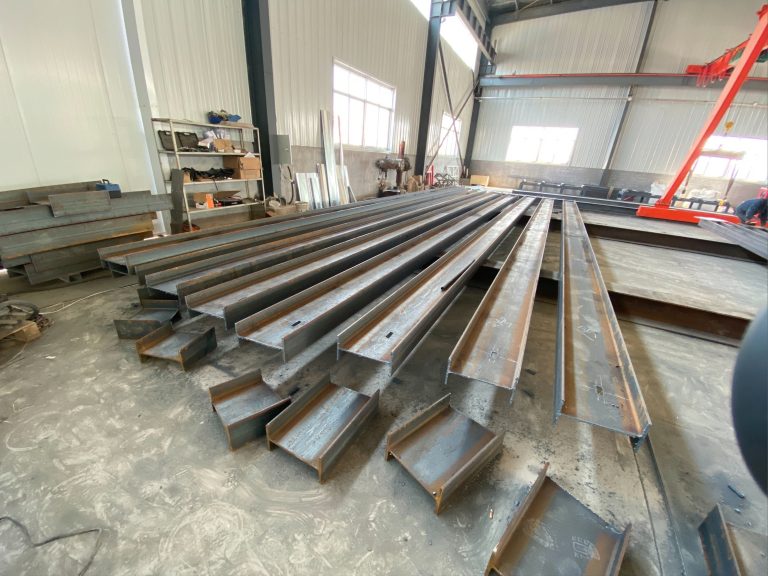Risk assessment of steel structures during construction
Table of Contents
Importance of Risk Assessment in Steel Structure Construction
Risk assessment is a crucial aspect of any construction project, especially when it comes to steel structures. Steel is a popular material in construction due to its strength, durability, and versatility. However, working with steel also comes with its own set of risks that need to be carefully assessed and managed to ensure the safety of workers and the integrity of the structure being built.
One of the main reasons why risk assessment is so important in steel structure construction is the inherent dangers associated with working with steel. Steel is a heavy material that requires specialized equipment and techniques to handle safely. Without proper risk assessment, workers may be at risk of injury from falling steel beams, structural collapses, or accidents involving heavy machinery.
Another reason why risk assessment is crucial in steel structure construction is the complexity of the construction process itself. Building a steel structure requires careful planning, coordination, and execution to ensure that the structure is built safely and according to specifications. Without proper risk assessment, there is a higher likelihood of errors, delays, and cost overruns that can impact the overall success of the project.
Furthermore, risk assessment is essential in steel structure construction to identify and mitigate potential hazards that may arise during the construction process. By conducting a thorough risk assessment, construction teams can identify potential risks such as structural weaknesses, material defects, or environmental factors that may impact the safety and stability of the structure. This allows for proactive measures to be taken to address these risks before they escalate into more serious issues.
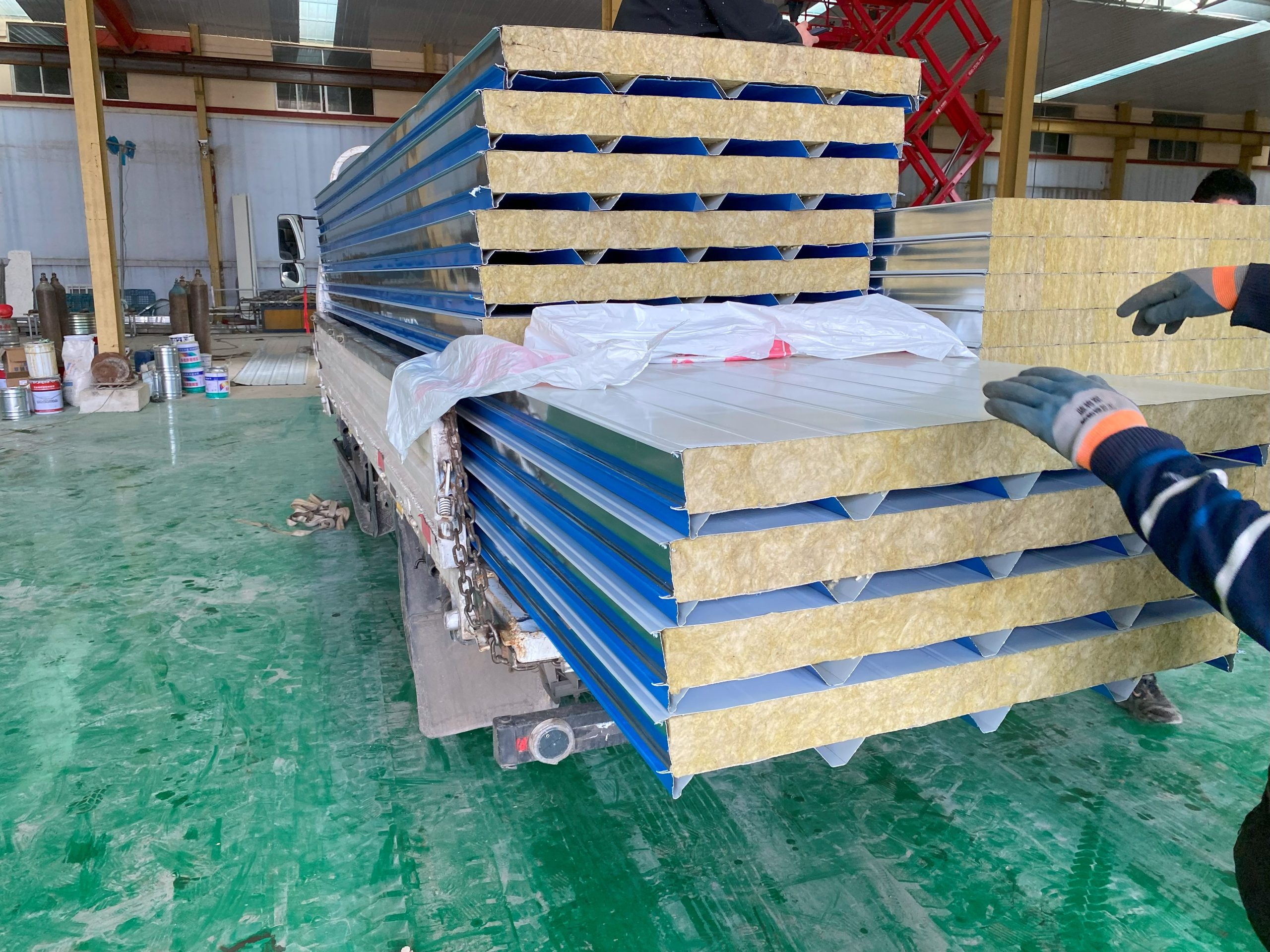
In addition to ensuring the safety of workers and the integrity of the structure, risk assessment in steel structure construction also plays a key role in meeting regulatory requirements and industry standards. Construction projects involving steel structures are subject to a wide range of regulations and codes that govern everything from design and construction to maintenance and inspection. By conducting a comprehensive risk assessment, construction teams can ensure that their project complies with all relevant regulations and standards, reducing the risk of fines, penalties, or legal liabilities.
Overall, risk assessment is a critical component of steel structure construction that cannot be overlooked. By identifying and mitigating potential risks, construction teams can ensure the safety of workers, protect the integrity of the structure, and comply with regulatory requirements. In an industry where safety and quality are paramount, risk assessment is a key tool that can help construction projects succeed and thrive.
Common Risks and Mitigation Strategies in Steel Structure Construction
Steel structures are a common choice in construction due to their durability, strength, and versatility. However, like any construction project, there are risks associated with building steel structures that need to be carefully assessed and mitigated to ensure the safety of workers and the integrity of the structure. In this article, we will discuss some common risks in steel structure construction and the strategies that can be implemented to mitigate them.
One of the most significant risks in steel structure construction is the risk of falls. Working at height is a common occurrence in steel construction, and falls from height can result in serious injuries or even fatalities. To mitigate this risk, it is essential to provide workers with proper fall protection equipment, such as harnesses and lanyards, and to ensure that all workers are trained in how to use this equipment correctly. Additionally, guardrails and safety nets can be installed to provide an extra layer of protection for workers working at height.
Another common risk in steel structure construction is the risk of fire. Steel is a non-combustible material, which makes it less susceptible to fire than other building materials. However, during construction, there is a risk of fire from welding, cutting, and other hot work activities. To mitigate this risk, it is essential to have a fire safety plan in place that includes fire extinguishers, fire blankets, and a designated area for hot work activities. Additionally, all workers should be trained in fire safety procedures and know how to respond in the event of a fire.
Structural collapse is another significant risk in steel structure construction. Steel structures are designed to be strong and stable, but errors in design or construction can lead to structural failure. To mitigate this risk, it is essential to have a qualified structural engineer review the design of the steel structure and ensure that it meets all relevant building codes and standards. Additionally, regular inspections should be conducted during construction to identify any potential issues that could compromise the integrity of the structure.
Weather-related risks are also a concern in steel structure construction. Extreme weather conditions, such as high winds, heavy rain, or snow, can pose a risk to workers and the structure itself. To mitigate this risk, it is essential to monitor weather conditions closely and take appropriate precautions, such as securing materials and equipment, and halting work if conditions become unsafe. Additionally, temporary bracing and supports can be installed to provide additional stability to the structure during inclement weather.
In conclusion, steel structure construction comes with its own set of risks that need to be carefully assessed and mitigated to ensure the safety of workers and the integrity of the structure. By identifying common risks such as falls, fire, structural collapse, and weather-related risks, and implementing strategies to mitigate these risks, construction companies can create a safe working environment and ensure the successful completion of steel structure projects. It is essential to prioritize safety at every stage of the construction process to prevent accidents and injuries and to deliver a high-quality, structurally sound steel structure.

